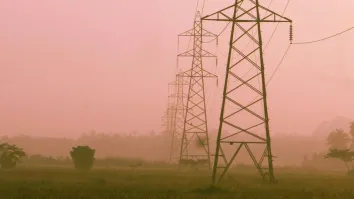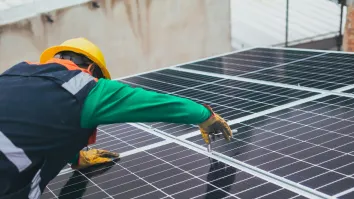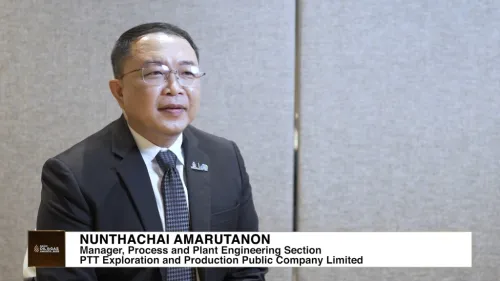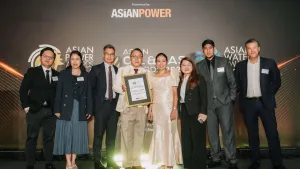
China's massive solar ambition dimmed by transmission challenges
Its ambitious target of 110GW by 2020 is achievable, but it won't be lighting up a lot of homes.
When China turned the switch on what is now the world’s largest floating solar farm, it was a clear message that the country is serious in turning away from coal.
The new solar farm in Huainan sits atop a lake formed by a collapsed coal mine, as if taunting the coal-fired power industry. China apparently is getting aggressive on hitting its solar target of 110GW by 2020.
Recently it completed a 200MW solar facility on top of a fish farm. This solar aqua-culture project spans 299.5 hectares and is expected to provide the energy needs of
100,000 homes.
Unless China shifts from large scale power plants towards distributed solar, the massive amounts of solar energy produced may not reach the homes of its intended consumers. Only 16.6% of solar energy is produced at, or near, the point where it is used.
The rest is produced by big solar arrays that pose problems the transmission to Eastern China— along the coast — where electricity is most needed.
“The advantage of distributed energy —and the Chinese government knows this — to its big power plant counterpart is that it is installed on buildings and in neighbourhoods, providing greater efficiency from being close to the consumption site and not losing electricity over long transmission distances. They are also smaller scale and, in theory, easier to finance,” says Winston K.H. Chow, head of China Country Program at Global Green Growth Institute.
Because of this, China has mandated that 60% of their solar target be distributed generation solar photovoltaic (DGPV). Mun Ho, senior economist from Dale Jorgenson Associates, agrees that green growth should be incorporated into policy.
“Although current efforts have been substantial, they have not matched the scale and complexity of the pollution problem generated by rapid economic growth in China. They have started down this path of reform, but the scale of the problems requires greater efforts and some fresh thinking and experimentation,” he says.



















 Advertise
Advertise








